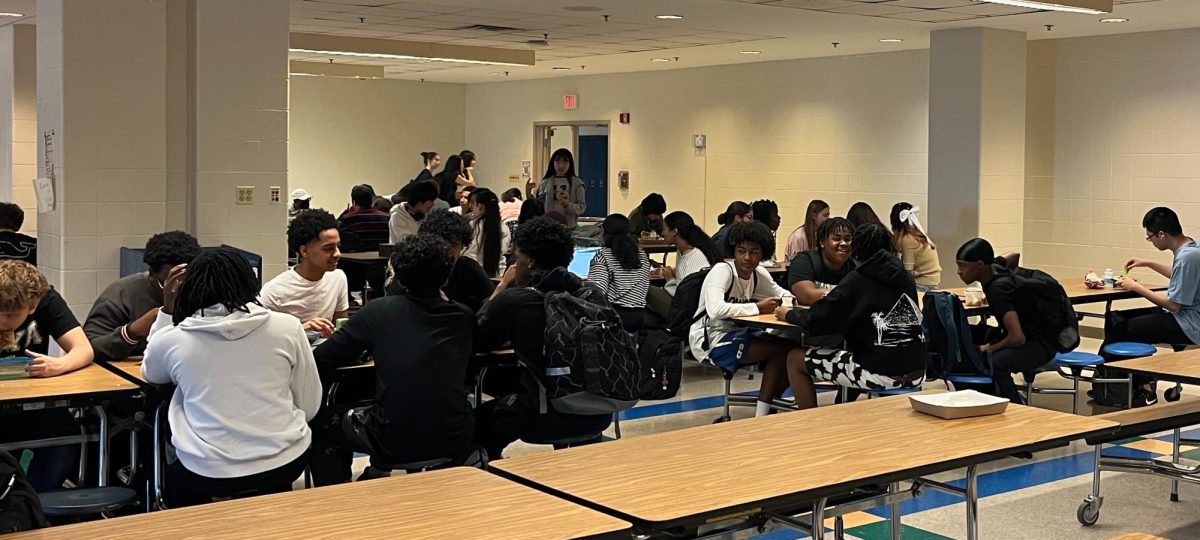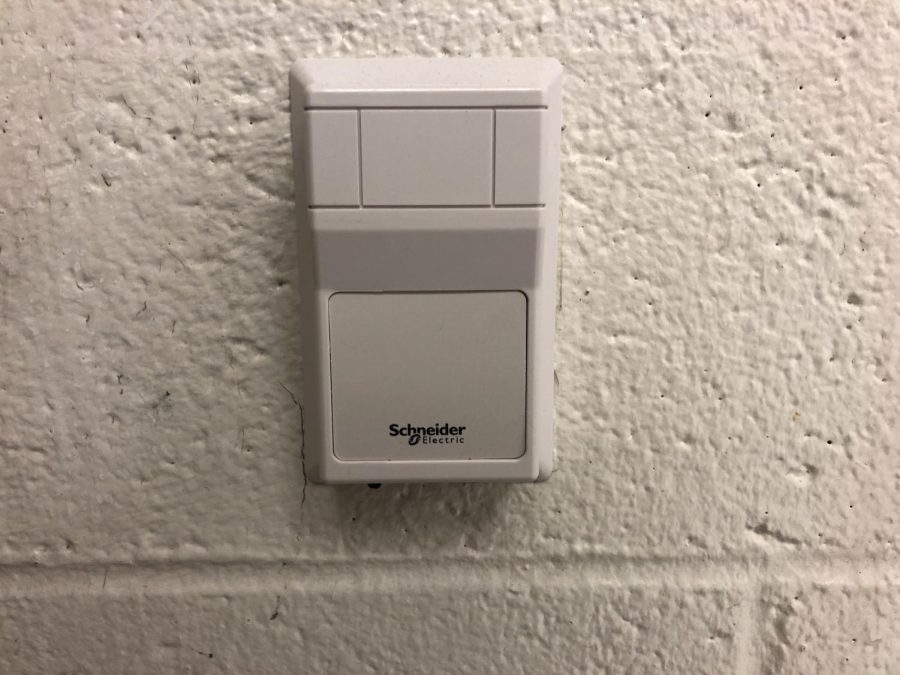Easy A? Not anymore. When students walked into school on Aug. 26, they were greeted with a slew of changes, including an updated grade calculation system, stricter late work policies and newly implemented district assessments. These changes were put in place by MCPS to promote learning, accountability and consistency across schools.
“[I participated] in ongoing Secondary Grading and Reporting Workgroups over the last two years,” WCHS Principal John Taylor said. “The workgroup included other administrators, central office staff, parents, teachers and students. We discussed the goals of our grading system, current areas that could improve and many different possible solutions.”
For many WCHS students, the new grade calculation system stood out right away. Previously, semester grades were determined by comparing the two quarter grades and selecting the higher of the two grades, or in some cases, the grade between the two grades. For example, if a student got an A and a B, their semester grade would be an A. If they got an A and a C, they would end with a B. Now, grades are determined by averaging the percentages of two quarters. For example, if a student got a 90 percent and then an 80 percent, they would receive an 85 percent, which would be a B.
“I do think it is an attempt to be more accurate because part of it is transparency and making sure that students are still working the second quarter,” WCHS Spanish teacher Emma Benitez said. “A lot of times, students would get an A and then be fine with getting a B in the second quarter because they knew it would be an A.”
Even students admit that their work effort did dwindle at points in the second and fourth quarters. The removal of the “security blanket” that they previously had for their grades may be a difficult adjustment, but it will hopefully keep them on their toes year-round.
“I often made it my goal in classes to achieve a high grade in the first and third quarters, so that I didn’t have to stress about doing super well again in the second and fourth quarters,” WCHS senior Rebecca Levi said. “While achieving this goal helped my stress about my final grade, it didn’t really help me to achieve my full potential in the class. Because of this, I think that the new grading system will help students put in all the work possible and reach their full potential in each of their classes.”
In addition to a new way of having their grades calculated, WCHS students have to adapt to stricter deadlines and the possibility of a 10 percent deduction on all-task assignments that are turned in after the due date, but before the deadline. After the deadline, no work will be accepted and the assignment will be marked as a zero. Late work will also not be accepted during the final five school days leading up to the end of each quarter.
“In an effort to support students, we allowed much more flexibility on turning in work, and had a policy to never take off for late work,” Taylor said. “The unintended result was students getting very behind in their work and missing out on the learning that was designed to happen before they took assessments or completed other assignments. I think that students will learn to stay on top of their work much better with these new policies.”
Administrators and teachers see these late work changes as a way to promote student accountability and prepare students for college and the real world. However, some students feel that this change, combined with the myriad of other new policies, is simply adding too much pressure.
“I do not think that the stricter late work policies are necessary because students have a lot going on and often do not find enough time to get everything they need to get done,” Levi said. “The more relaxed late policies provided them with ample time to accomplish these tasks with lowered stress about getting them done.”
Students are not the only ones who are going to have to work on tighter deadlines. Teachers now have 10 school days to get work back to students. This policy was created in hopes of allowing students to get timely feedback so they know how they are doing in their courses and what they need to do to improve.
“This timeline can be difficult when I have three periods of students writing essays,” Benitez said. “Yet, the policy ensures that teachers can be consistent and the students are not surprised by their final grade.”
The reinstatement of district assessments is another factor that will contribute to students’ grades. In select courses, summative districtwide assessments will be implemented during the second and fourth quarters. These assessments will make up 10 percent of students’ overall grades that quarter.
“We regularly heard from alumni that they did not feel prepared for the college experience of one or two exams making up their whole grade,” Taylor said. “The experience of preparing for and completing semester assessments will help them build these skills and maintain their learning across the whole course.”
With these changes comes great responsibility for students. The variety of updated policies have the potential to make or break students’ grades, so their focus and effort are essential in promoting their success this school year.
“If students lose points for late work, miss important deadlines and then the averages make it more difficult to get the semester grade they would like–that can really impact students,” Taylor said. “Students will need to be careful and stay organized more than ever before.”















